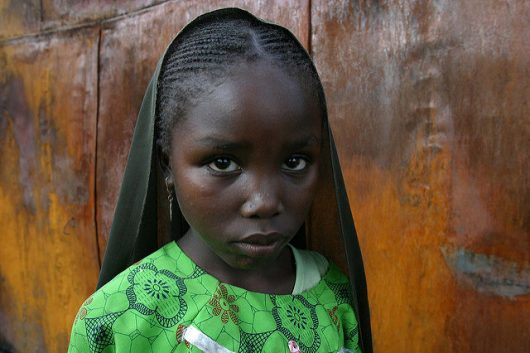Three Ways Countries Could Make Foreign Aid More Effective

A highly contentious issue, the effectiveness of U.S. foreign aid has long been the subject of debate among congressmen and concerned citizens alike. From how much money is allocated to recipient nations to the impact that aid actually has on issues such as poverty and civil war, advocates and critics of foreign aid point to various criteria to evaluate the merits, or lack thereof, of continued U.S. aid.
The Case for Aid
Proponents of foreign aid insist programs are instrumental in fostering socioeconomic growth, reducing poverty and improving the overall quality of life. There are certainly examples that support this notion. USAID-funded programs have significantly reduced maternal and child mortality, helping at least 4.6 million children and 200,000 mothers, according to agency officials. As of 2015, more than 7.6 million people had received improved access to drinking water and more than 4.3 million people had improved sanitation. Furthermore, 41.6 million children saw improved reading instruction and safer learning environments between 2011 and 2015.
Foreign Aid Skepticism
Yet critics of aid remain steadfast in their opposition, pointing to fraud and corruption, lack of transparency, foreign aid dependency and general ineffectiveness as indicators. Around $1.17 billion in aid that was given to Malawi in 2012 was exploited by corrupt politicians and businessmen. At least $30 million was taken from the treasury and robbed from the 17 million poor and AIDS-ravaged inhabitants. In fact, these sentiments are so strong that, according to ABC News-Washington Post polls, “the only possible federal spending cut a majority favored was for foreign aid.”
Clearly, there are two sides to the story when it comes to foreign aid. When allocated and distributed properly, it can work wonders for the world’s poor and developing countries. However, corruption and misuse still stand in the way of much of its potential. These issues can be addressed by exploring various ways of making foreign aid more effective.
Making Foreign Aid More Effective
There are three important ways that countries around the globe can make foreign aid more effective.
- Improving Aid Quality: By dividing foreign aid into smaller projects, donor countries can control the volatility and lack of predictability of aid, thus significantly decreasing the deadweight loss of development assistance. In 2008 alone, deadweight losses from official aid amounted to $7 billion. Smaller projects, according to Brookings, can lead to further innovation and scaling up, thus offsetting deadweight losses.
- Linkage: In order for foreign aid to maximize its impacts in a developing country, it must be linked to other important development policies, namely trade, investment and migration. For example, in Haiti and Pakistan, countries in which the U.S. has a significant economic stake, trade restrictions on textile and garment imports prevent further growth.
- Mobilizing the Private Sector: It is generally accepted that in order to foster economic growth and development, countries must turn to the private sector. Unfortunately, foreign aid has yet to reflect that sentiment. In fact, much of it is still directed toward the public sector. Cities harbor the most economic growth yet receive only $1 to $2 billion in aid a year. Approximately one billion slum dwellers reside in the city centers of developing countries and represent the key to mobilizing economic growth.
At the end of the day, foreign aid aims to foster social and economic growth in developing countries by enfranchising governments, health care systems, education institutions and infrastructure. Consequently, growth in these developing nations helps developed nations by opening up new markets and increasing stability. When confronted with corruption or misuse or any of the other criticisms of foreign aid, governments should not slash foreign aid budgets, but rather should apply these three crucial ways of making foreign aid more effective.
– McAfee Sheehan
Photo: Flickr
